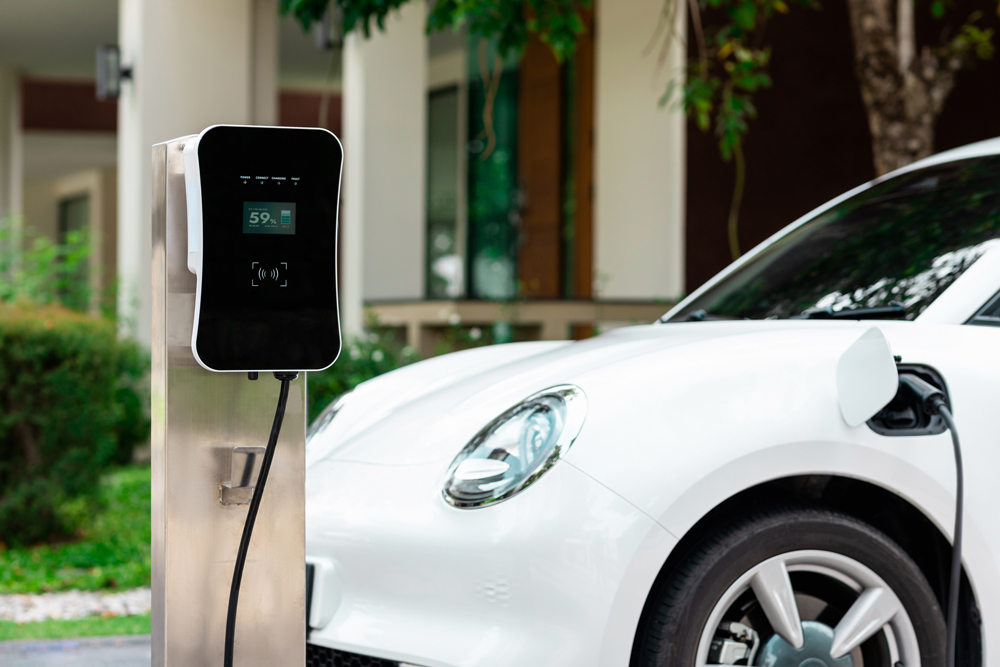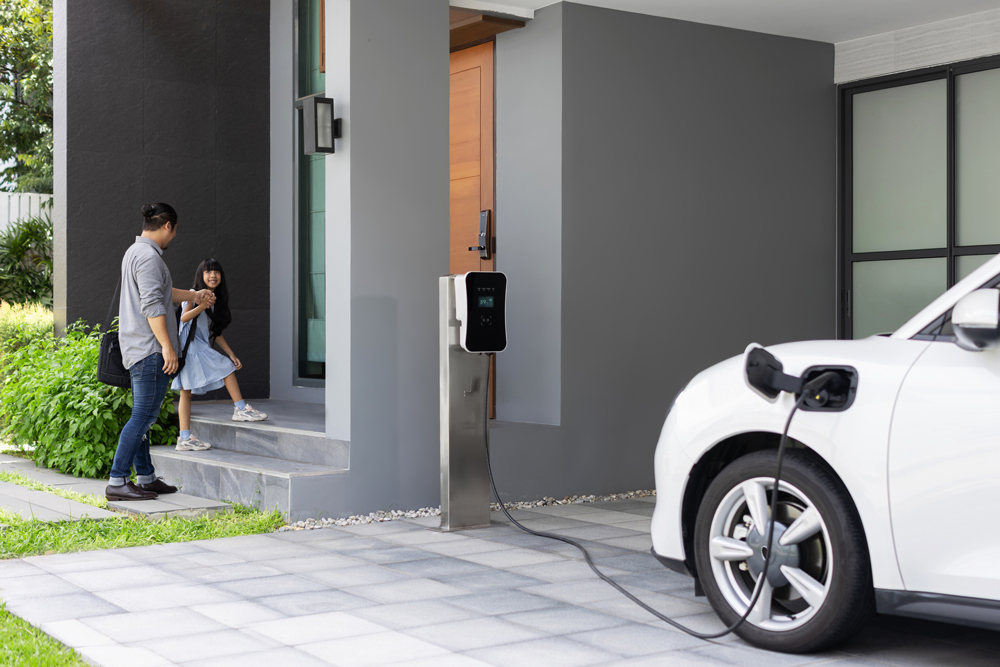The electric vehicle (EV) revolution is gaining momentum, with more and more drivers opting for clean and efficient transportation. However, one of the biggest concerns for potential EV owners is access to charging. While public charging infrastructure is expanding rapidly, the convenience and control of having your own private charging station at home can’t be beat. This guide will delve into everything you need to know about private EV charging stations, from choosing the right charger to maximizing its benefits. It’s important to note that most electric vehicles, including popular models like the Tesla Model 3 and Nissan Leaf, can be charged at home.

The Allure of Private Charging
While increasingly ubiquitous, public charging stations can be inconveniently located, require waiting in line, and often have limited charging speeds. A private charging station, installed in your garage or driveway, offers a world of advantages:
- Convenience: Charge your EV overnight or whenever it’s parked, ensuring a full battery every morning.
- Speed: Most private stations offer Level 2 AC charging significantly faster than a standard household outlet.
- Cost-Effectiveness: Home electricity rates are typically lower than public charging station fees.
- Control: You control the charging schedule and have peace of mind knowing your EV is juicing up securely.
Selecting the Perfect Charger
The heart of your private charging station is the charger itself. Here’s a breakdown of the key factors to consider, along with a list of reputable charger manufacturers or brands:
- Charger Level:
- Level 1 (Standard Outlet) is the slowest charging option. It is suitable for topping off overnight but not ideal for regular charging.
- Level 2 (AC Charging) is the most popular choice for home use, offering significantly faster charging times (typically 4-8 hours for a full charge).
- DC Fast Charging: This is the fastest option, providing up to 80% charge in 30 minutes, but it is expensive and less common for private use due to higher installation costs.
- Power Output: Level 2 chargers come in various wattages (e.g., 7.2 kW, 9.6 kW). Higher wattage translates to faster charging but requires a corresponding electrical circuit.
- Intelligent Features: Consider a charger with Wi-Fi or LAN connectivity for remote monitoring and control of charging sessions. Innovative features might also include load management, which automatically adjusts charging current to avoid overloading your home’s electrical system, and scheduling, allowing you to charge during off-peak hours for potential cost savings.

Installation Considerations
Once you’ve chosen your charger, professional installation is crucial for safety and optimal performance. Here’s what to keep in mind:
- Electrical Compatibility: Ensure your home’s electrical system can handle the chosen charger’s power requirements. You should upgrade your electrical panel or install a dedicated circuit for the charger. Consulting a qualified electrician is essential.
- Location: Choose a convenient location for charging, considering cable length and ease of access for your EV. If installing outdoors, consider weatherproofing.
- Permits: Depending on your locality, permits might be required to install a charging station. Check with your local building department.
Maximizing Your Private Charging Experience
With your private charging station up and running, here are some tips to optimize its use:
- Utilize Smart Features: Leverage features like scheduling to charge during off-peak hours and potentially benefit from lower electricity rates.
- Track Energy Consumption: Monitor your charging habits and energy usage to optimize charging schedules and potentially reduce costs.
- Safety First: Always follow the manufacturer’s instructions for safe charging practices.
The Future is Electric
Investing in a private charging station is not just about convenience and control over your EV charging needs. It’s about contributing to a cleaner and more sustainable transportation landscape. With careful planning and the right equipment, you can turn your home into your personal EV fueling station, making the switch to electric driving a seamless and rewarding experience. This is your opportunity to be part of the future, to make a positive change for the environment, and to inspire others to do the same.
